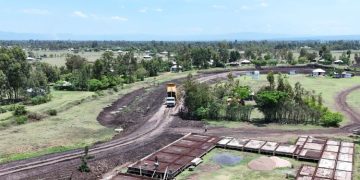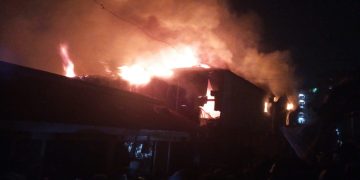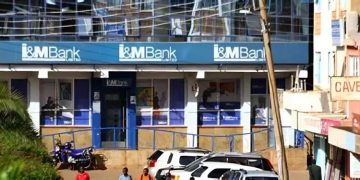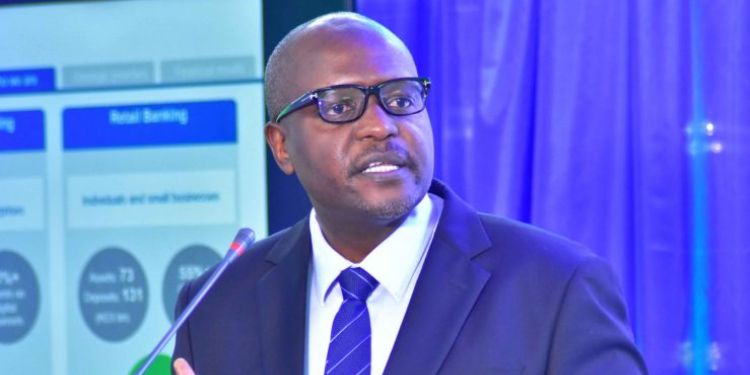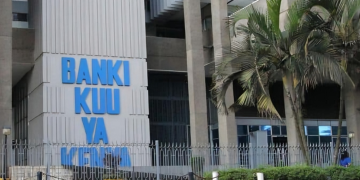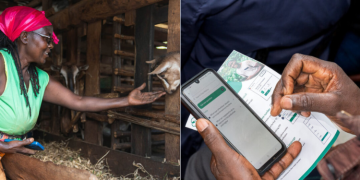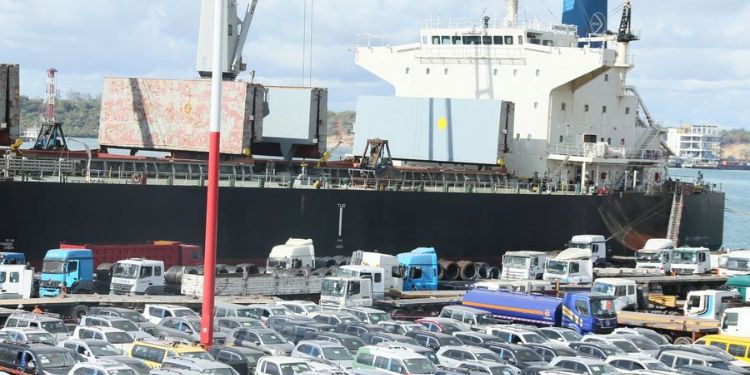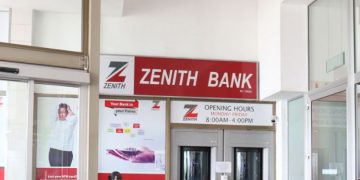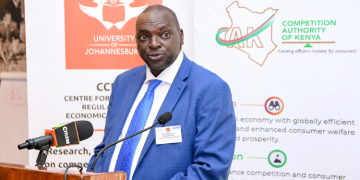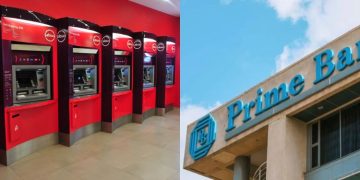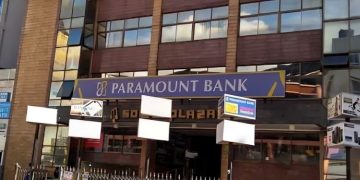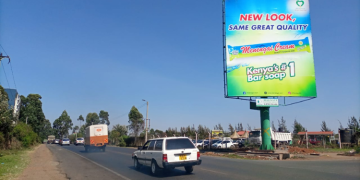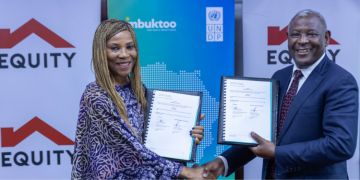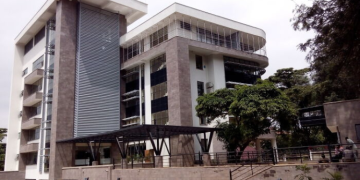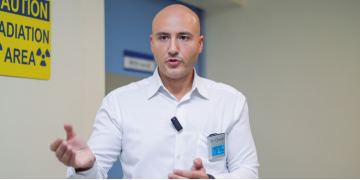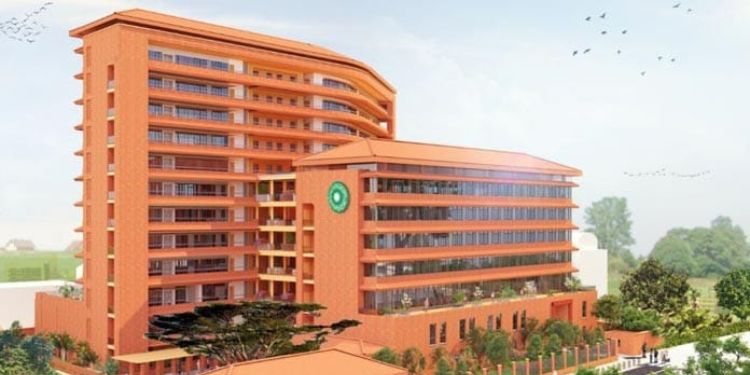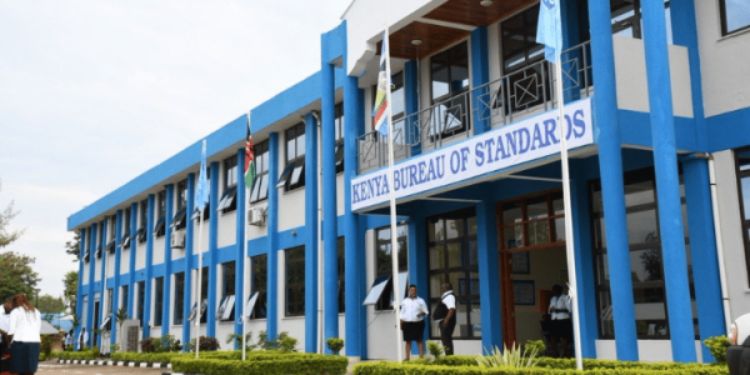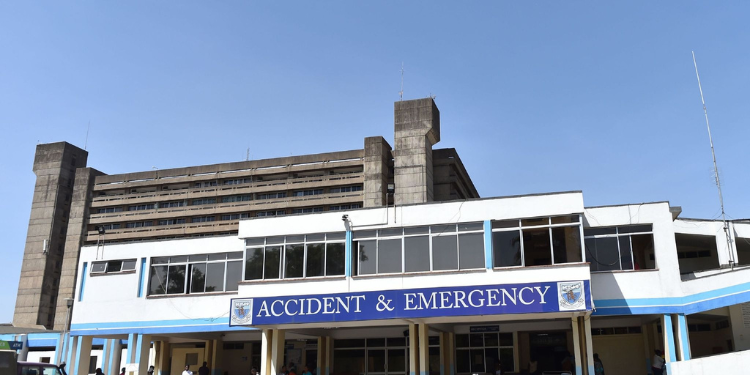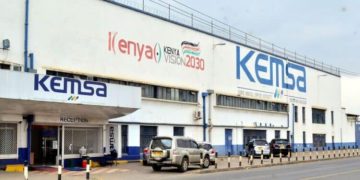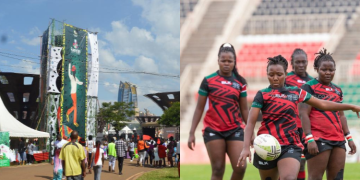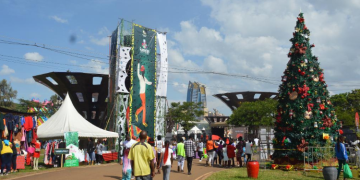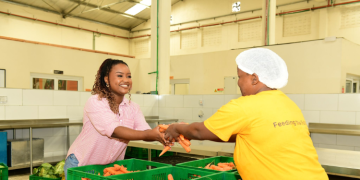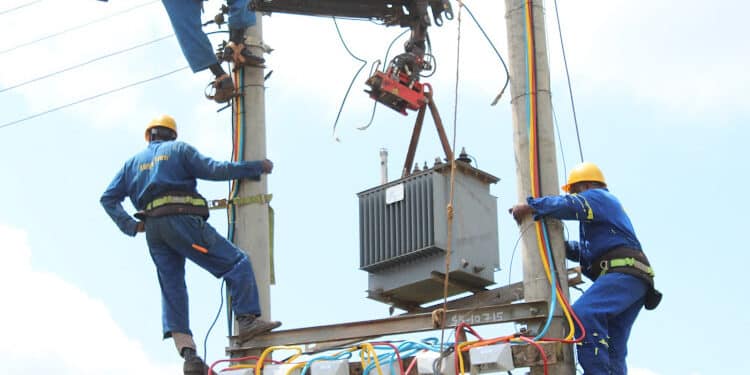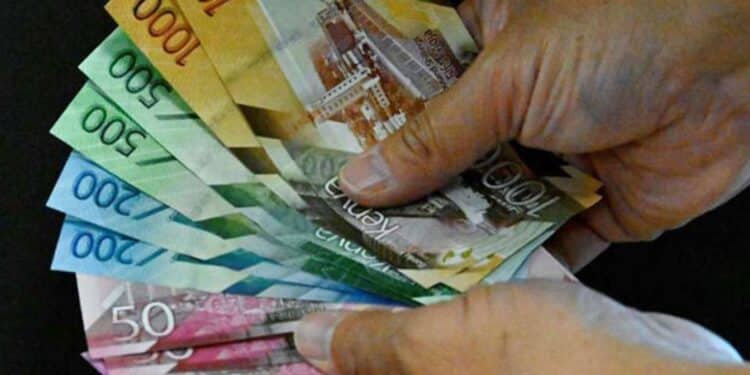39 Commercial banks in Kenya are increasing efforts to recover unpaid loans following concerns of an increasing number of defaulters.
According to the latest Central Bank of Kenya (CBK) Credit Officer Survey, although most business sectors are expected to keep non-performing loans (NPL) stable or even reduce them, banks are worried about individuals.
A non-performing loan (NPL) is a loan that has not been repaid for 90 days or more. It shows that the borrower is struggling and may not be able to repay the money.
Moreover, 33% of the 39 banks surveyed by CBK said they expect personal and household NPLs to rise between April and June 2025.
Consequently, the financial institutions are intensifying a crackdown on loan defaulters across the country.
Also Read: Cheaper Loans as Family Bank Lowers Lending Rates
Sectors With the Highest Loan Defaulters
According to CBK, NPLs are expected to remain constant or decline in sectors such as agriculture, energy, construction, and tourism.
However, the household sector remains a major red flag. 42% of respondents expect NPLs to fall overall, but an equal 29% expect them to rise or remain unchanged.
Therefore, the intensified efforts include stricter follow-ups, renegotiation of payment terms, collateral liquidation, and reporting to credit reference bureaus.
“The intensified recovery efforts are aimed at improving the overall quality of the asset portfolio,” the CBK report stated.
the trade, construction, and tourism sectors saw the highest demand for loans in the first quarter of 2025, showing strong economic activity in these areas.
Also Read: CBK Publishes List of Banks with Lowest and Highest Loan Interest Rates as of March 2025
Sectors Receiving Highest Loans from Banks
The trade sector recorded the highest surge in loan applications, with 66% of banks reporting increased demand.
Furthermore, the building and construction sector followed closely at 55%, while tourism, restaurants, and hotels also posted a 55% rise in demand.
The energy and water sector saw a 45% increase, showing growth in utility-based and green energy ventures while Real estate (43%) and manufacturing (40%) also recorded strong performances in loan uptake.
On the other hand, sectors such as transport and communication (34%) and mining and quarrying (32%) reported relatively modest increases.
However, financial services and personal and household sectors had the lowest increase in demand, both at 26%.
“The perceived increase in demand for credit was mainly attributed to increased working capital requirements,” the CBK noted in its findings.
Sectors Receiving Highest Loans and With Highest Defaulters
| Sector | Loan Demand Increase (%) | Expected NPLs to Rise (%) | Banks Intensifying Recovery (%) |
|---|---|---|---|
| Trade | 66% | 13% | 76% |
| Construction | 55% | 8% | 68% |
| Tourism & Hotels | 55% | 13% | 66% |
| Energy & Water | 45% | 5% | 54% |
| Personal & Household | 26% | 33% | 84% |
| Manufacturing | 40% | 26% | 66% |
| Transport & Communication | 34% | 21% | 66% |
| Financial Services | 26% | 27% | 43% |
Follow our WhatsApp Channel and join our WhatsApp Group for real-time news updates


